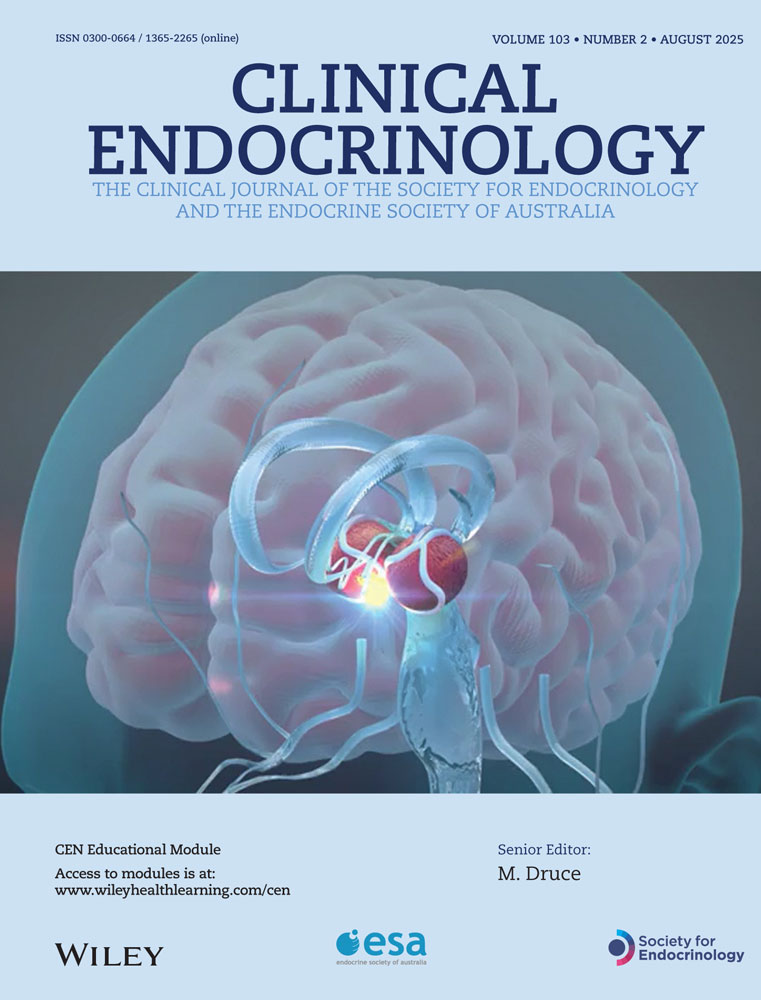TREATMENT OF MACROPROLACTINOMAS WITH A NEW NON-ERGOT, LONG-ACTING DOPAMINERGIC DRUG, CV 205–502
SUMMARY
Eleven patients with prolactin-producing pituitary adenomas were treated with the new non-ergot, long-acting dopamine agonist, CV 205–502, for a period of 2–18 months (mean 11 months). Tumour volumes ranged from 1–9 to 64 ml in seven patients who were newly diagnosed, and from 01 to 31 ml in four patients who had been treated for macroprolactinomas by oral bromocriptine or depot bromocriptine (Parlodel LAR). Plasma prolactin values ranged from 3–5 to 360 U/l before institution of CV 205–502 treatment in these 11 patients. The following observations were made: (1) plasma prolactin values fell dramatically in all patients, and values within the normal range were obtained in five patients at once-daily doses of CV 205–502 between 0075 and 0–300 mg; (2) tumour size reduction was obtained in all patients with macroadenomas on pretreatment CT scans. Tumour reduction was associated with the development of a partial empty sella in five patients, and with visualization of the pituitary in six cases; (3) bitemporal hemianopia (five patients) disappeared in four patients and improved in one patient. Oculomotor palsy receded in one patient; (4) signs of anterior pituitary insufficiency improved or normalized in most cases affected; (5) mild nausea or dizziness during the first days of CV 205–502 treatment and/ or during several days after a dose increase were observed in three patients. We conclude that CV 205–502 in a once daily dose is an effective and safe alternative in the long-term treatment of macroprolactinomas.




